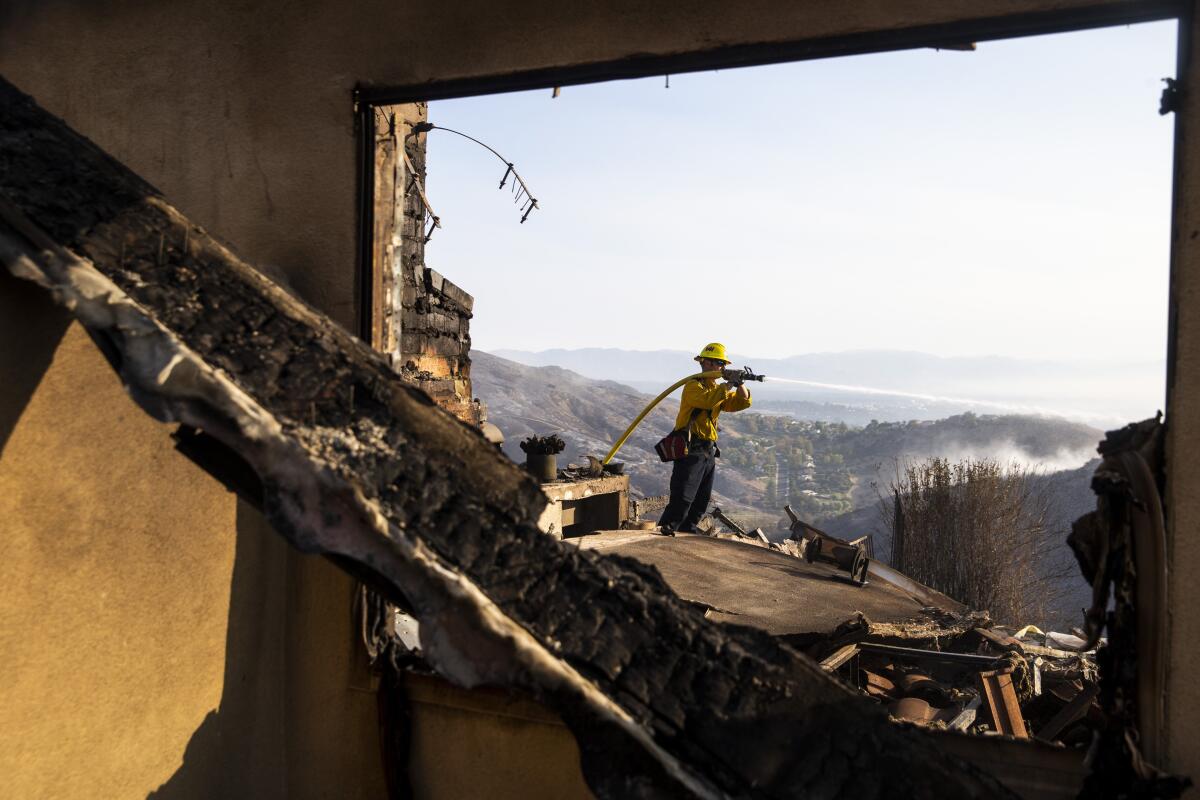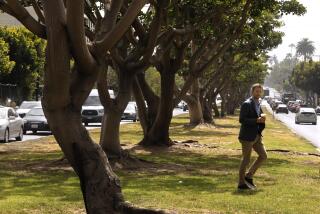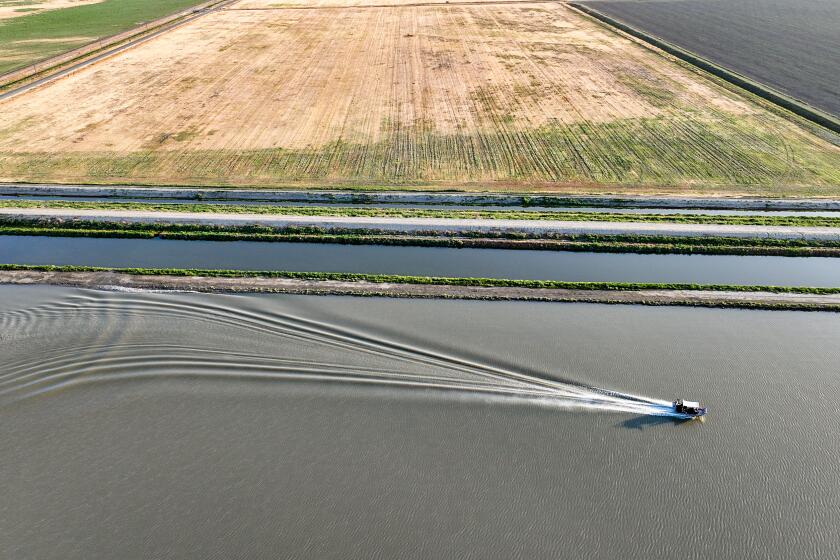State refuses request for more water in communities with high wildfire risk

State officials have denied a request by Southern California municipal water districts for more water to mitigate wildfire risk.
The agencies had worked with the Metropolitan Water District of Southern California to ask the California Department of Water Resources to allocate 26,300 more acre-feet of water under the health-and-safety exception to drought rules, using the rationale that the exception should include supplies to reduce wildfire hazards by irrigating vegetation in high-risk areas.
“Irrigation of landscaping within defensible space, as described in your request, can play a role in reducing wildfire risk,” read the July 29 response from DWR and the California Department of Forestry and Fire Protection. “However, alternative approaches for fire prevention are available that will be equally effective as supplemental deliveries, and therefore DWR is denying your request.”
Residents and officials should reduce risk by hardening structures with fire-resistant materials, creating defensible space and putting in place fuel management programs, the letter recommended. If vegetation within a defensible space can’t be watered sufficiently to keep it from dying, it should be cut back, the letter said.
“We’re frustrated by the decision but understand the state’s challenge to balance the needs of more than 27 million people receiving water from the State Water Project, along with the real possibility of another dry year,” David Pedersen, general manager of the Las Virgenes Municipal Water District, said in a statement.
The state is already providing the agencies with additional water under the health-and-safety exception to prevent tree die-off that would contribute to fire risk and to maintain reservoirs and other water sources for firefighting, the letter noted.
“At this time, providing supplemental water beyond these narrow demands increases the likelihood that the State will have to make even more difficult tradeoffs over water supplies in 2023,” it read.
Some water districts say new drought restrictions raise wildfire risks. They are demanding that the state give them more water for outdoor irrigation.
The Las Virgenes Municipal Water District, which spearheaded the request for more water, said it would pursue alternate strategies. Those include trying to purchase water from other agencies, as well as working with the Los Angeles County Fire Department to hold community workshops and other outreach efforts to educate customers about reducing fire risk around their homes, said district spokesman Mike McNutt.
“It seems like what the state is doing is pivoting out of necessity to trying to educate and push homeowners to take more responsibility for creating defensible space for themselves in the event of an advancement of a wildfire,” he said. “It’s really just this new realization that each person who lives in California has to take the responsibility on themselves to minimize their water usage and to protect their own home from the possibility of wildfires and other natural disasters.”
The Las Virgenes water district serves communities in and around the Santa Monica Mountains, most of which are rated by Cal Fire as being at the highest risk of severe wildfire. Customers in the service area, which includes Agoura Hills, Hidden Hills, Westlake Village and Calabasas, reduced water use by 20% in May and 37% in June from the same months in 2020, but the district’s allocation is 73% less, officials said.
Las Virgenes is wholly dependent on imported water, most of it from the State Water Project, and is not able to pull from groundwater supplies or alternate sources like the Colorado River, McNutt said.
For that reason, the district said, it has been forced to draw about 17 acre-feet a day from the Las Virgenes Reservoir, which is intended to meet emergency needs. The reservoir provides a roughly six-month supply of water when it’s full and is now at about 79% capacity, McNutt said.
In a letter supporting the request for more water, L.A. County Fire Chief Daryl Osby (who has since retired) wrote that should the situation continue, it could jeopardize the district’s ability to provide the department with the minimum supply needed to support flow requirements to fight fires.
As Death Valley dries off from near record rains, some see the fingerprints of climate change
Residents at a May town hall meeting of the Las Virgenes Municipal Water District voiced fears over how drought restrictions would affect wildfire activity. Several speakers had survived the Woolsey fire, which destroyed more than 1,600 structures from Thousand Oaks to Malibu and killed three people. No drought restrictions were in place at the time.
“This is a public safety issue that has created concern amongst the LVMWD staff, board, residents and the communities that we serve,” Jay Lewitt, president of the water district’s board, said in a statement. “We are well aware of our region’s potential for fire danger and that is yet another reason why we relentlessly pursue more water.”
McNutt said the district will continue to have enough water to support firefighting operations, but residents can no longer count on sufficient supplies to maintain flourishing vegetation around their homes.
“In terms of having enough water to continue to irrigate your outdoor living space, where the vegetation is still alive and will help combat the flames, I don’t think that from now moving forward, that’s really going to be something people can rely upon,” he said. “It’s the new reality of what is happening in the state of California, with climate change rearing its head and with unusual and erratic weather patterns that we can’t rely on now.”
The water district understands the state’s reasoning, he added. “There’s just not enough water to satisfy the needs of everybody,” he said. “And what happened to us is just indicative of how truly historic and dire the water-scarcity situation is right now.”
Times staff writer Brittny Mejia contributed to this report.
More to Read
Start your day right
Sign up for Essential California for news, features and recommendations from the L.A. Times and beyond in your inbox six days a week.
You may occasionally receive promotional content from the Los Angeles Times.









